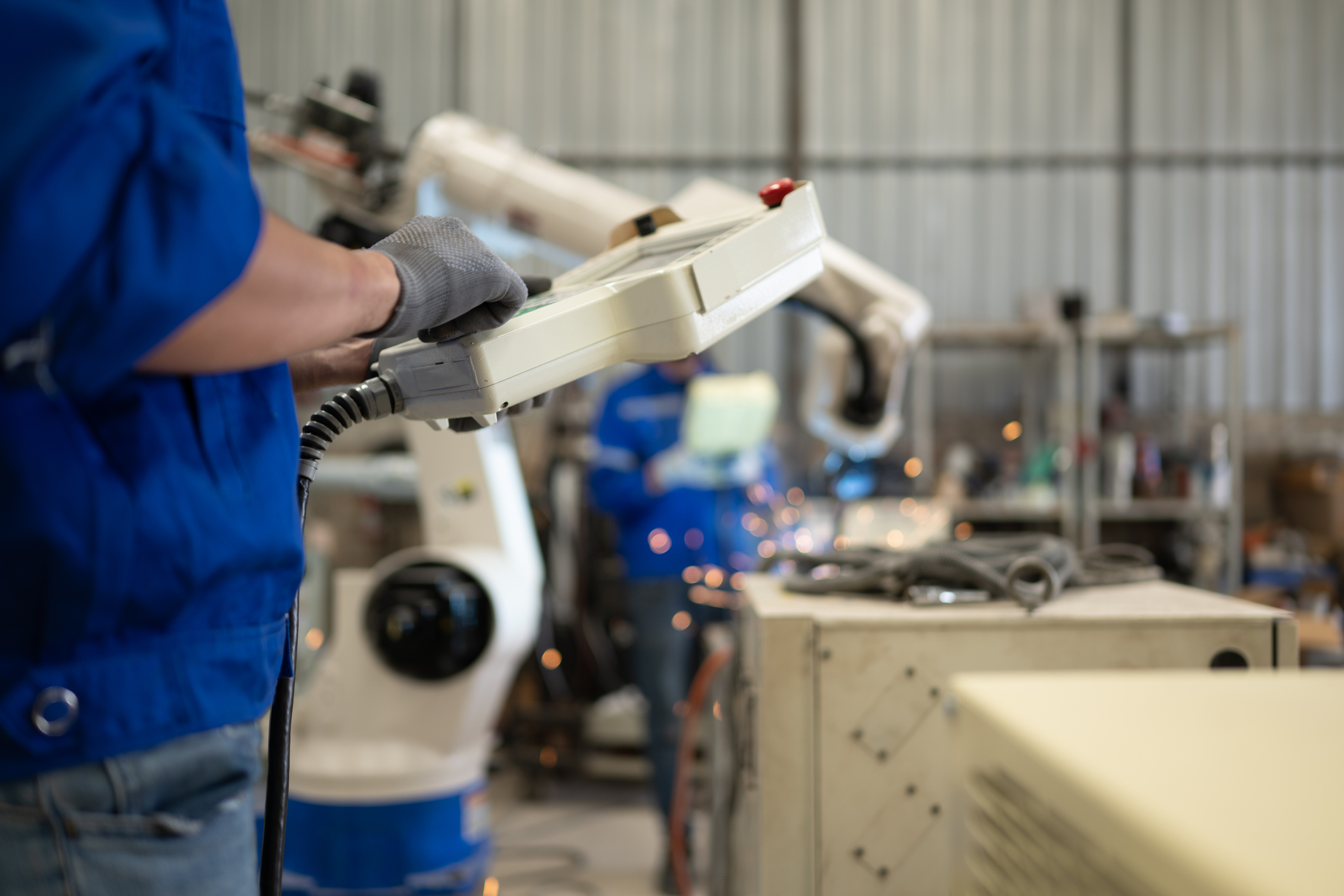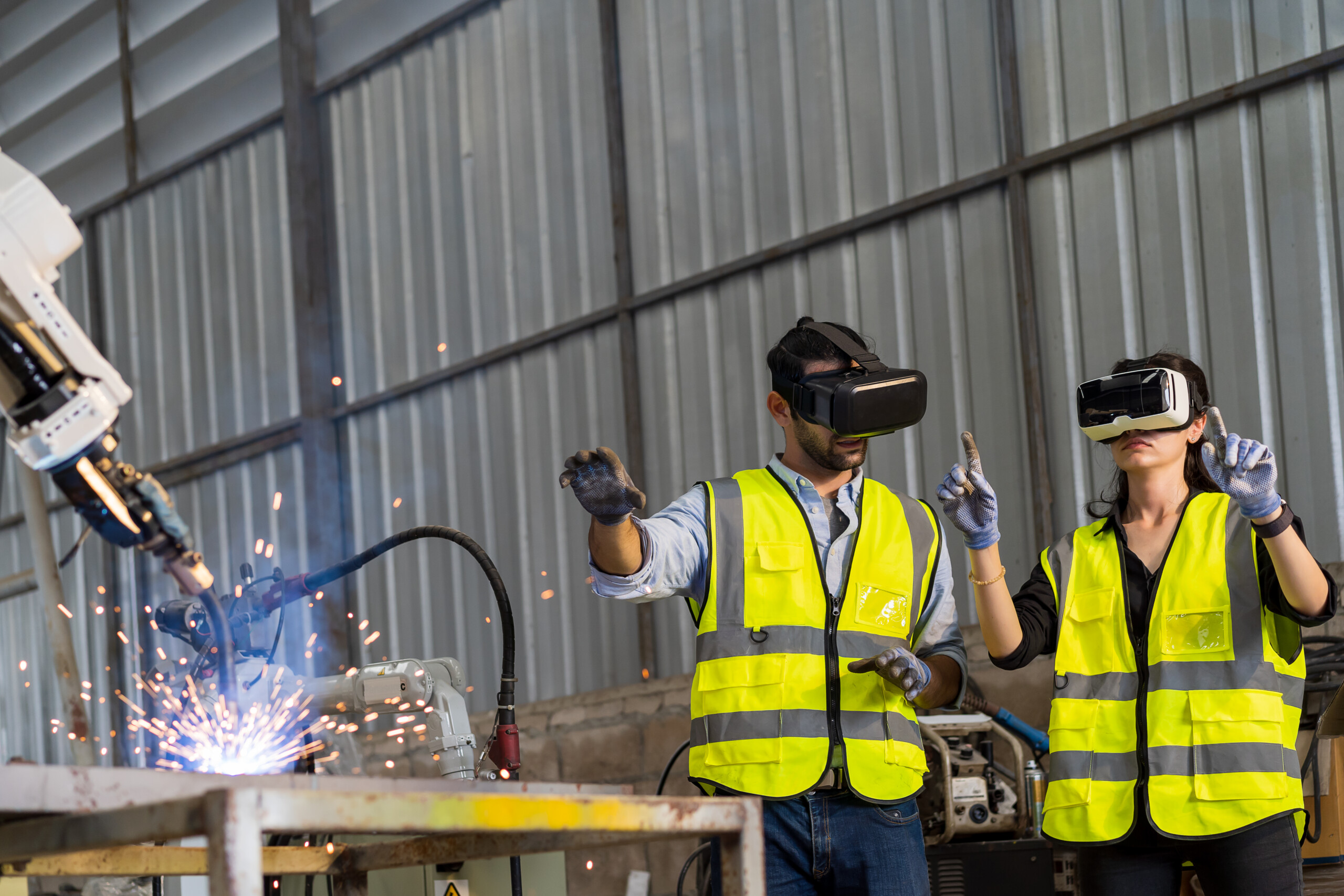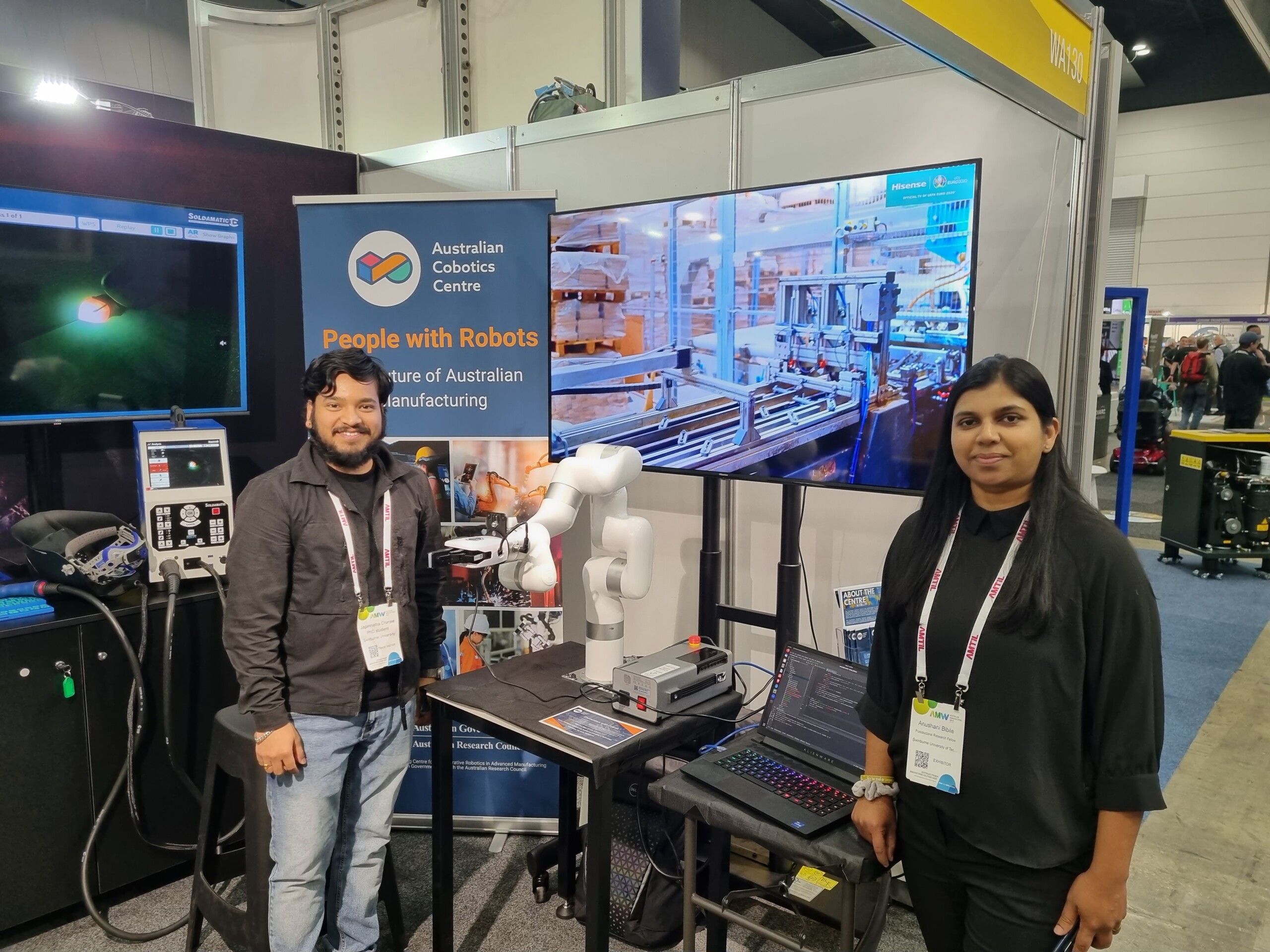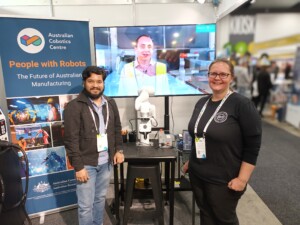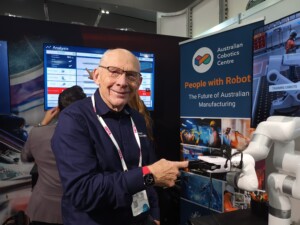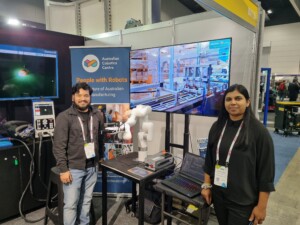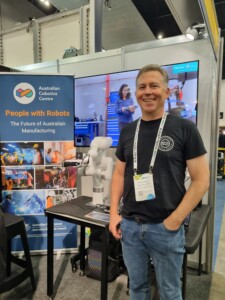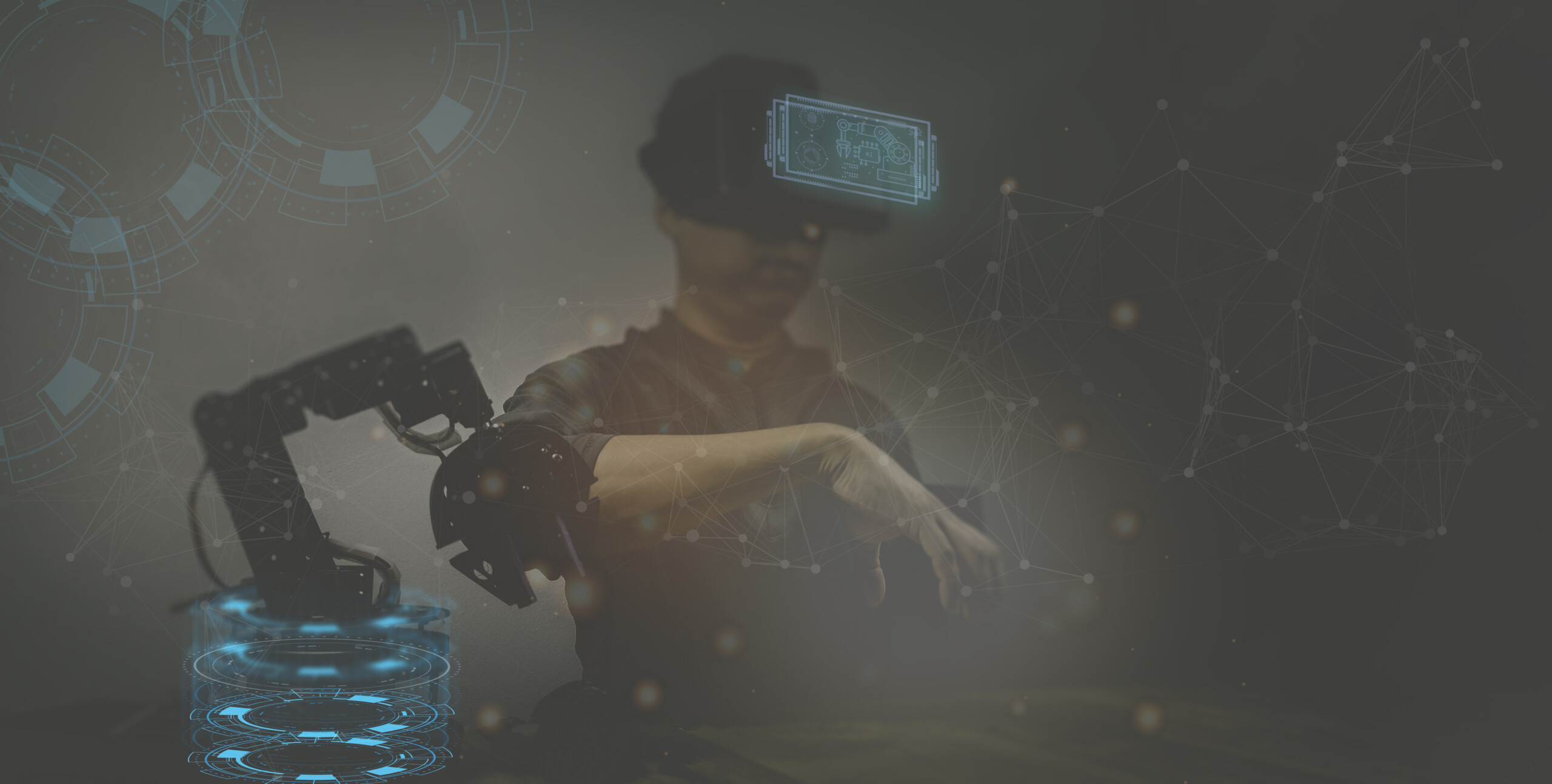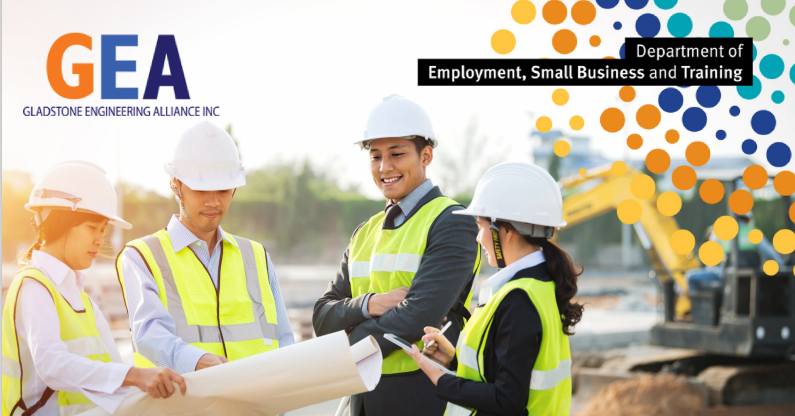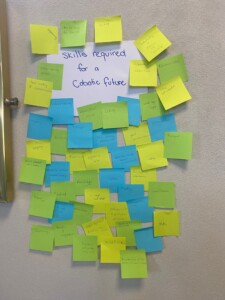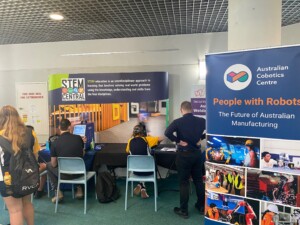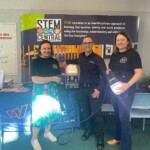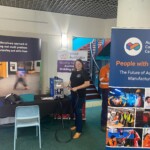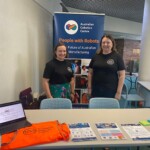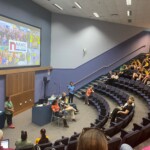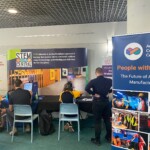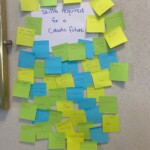Written by Research Program Co-Lead Professor Greg Hearn and PhD Candidate Nisar Ahmed Channa both from the Human Robot Workforce research program in the Centre.
In this era of rapidly evolving technology landscape, almost every industry sector needs to keep pace with technological advancements to prosper and remain competitive. However, many companies struggle to develop or even adopt innovations in technologies, processes, or business models. COVID-19 is one recent example where manufacturing companies found it extremely challenging to generate an innovative response to address labor shortages caused by lockdowns and movement restrictions across many countries. As a result, many production units of large as well as small to medium manufacturing companies shut down for significant time periods. This negatively affected global supply chains in many other sectors because manufacturing industries provide input in the form of usable goods and services to many other industries. Soon after the global economic crises, the manufacturing companies were facing issues like increasing production costs caused by unavailability of raw material and increased labour costs. Covid-19 pandemic further fuelled these issues due to disruptions in global supply chains and restricted movement of human workers. Even after the pandemic, various countries are still facing issues like increased labour costs, and shortages of skilled labour. Resultantly, companies are now investing huge financial resources to future proof their manufacturing potential and reduce input and increase output.
One of the innovative solutions to these labor and skills shortages on which academics and industry experts are working is the adoption of collaborative robots (Cobots) in manufacturing. A Cobot is a special kind of robot, with context awareness, which can safely share a workspace with other Cobots or with human operators. Recent research suggests that Cobots can be used as alternatives to skilled human workers and thus can supplement the shortage of workers across the industries. For instance, to cope with labour shortages caused by pandemic and to meet increased demand, manufacturing companies in North America spent around 2 billion USD in 2021 to acquire 40,000 robots[i],[ii],[iii]. Similarly, rising labour costs, and an aging workforce, has led to an increase in the demand for Cobots in the automobile sectors of Europe and the Asia–Pacific region iii.
Some labour economists believe that the introduction of technologies like artificial intelligence (AI) and robots increases production and efficiency in manufacturing through the displacement of jobs traditionally being performed by human workers. However, under certain conditions, these technologies can create new jobs and upskill other jobs across the ecosystem of the related suppliers and services providers.
In line with the priorities for Australian manufacturing formulated by the Australian Advanced Manufacturing Growth Centre[iv], we argue Cobots could be “creatively productive” for Australian manufacturing not only because of their potential to reduce production cost efficiencies but also to enhance value differentiation, and potentially open up new revenue segments including through export[v]. Efficiencies can be achieved through optimisation of human-robot workflow design; accelerating workforce acceptance of robotic driven process efficiencies; reducing human errors in automation documentation; and by reducing downtime through enhanced work safety. Value differentiation can be achieved by integration of Cobots in product design for rapid prototyping; by developing autonomous systems of quality assurance and better data analytics as value adding services; by improving capabilities for just-in-time and mass customisation products in existing markets; and by upskilling the manufacturing workforce for innovation leadership which in itself is a value differentiator. The fact that Cobots are designed to work alongside and close to people to perform their jobs and responsibilities can help companies to integrate and digitalise their business operations without compromising on lacking human aspects of the job. In many respects, Cobots are the hardware equivalent of augmented intelligence, rather than replacing people with autonomous equivalents. Cobots can supplement and improve human skills with super-strength, accuracy, and data capabilities, allowing them to perform more and add more value to the production process and to final product itself. It aids in creating strategic business value and improves efficiency, resulting in better, quicker delivery of products to customers in market.
[i] North American companies send in the robots, even as productivity slumps | Reuters
[ii] Robots marched on in 2021, with record orders by North American firms | Reuters
[iii] Rise of The Cobots in Automotive Manufacturing | GEP
[iv] https://www.amgc.org.au/our-purpose/about-advanced-manufacturing/
[v] Microsoft Word – Hearn et al ACRA Final Submission.docx (linklings.net)
